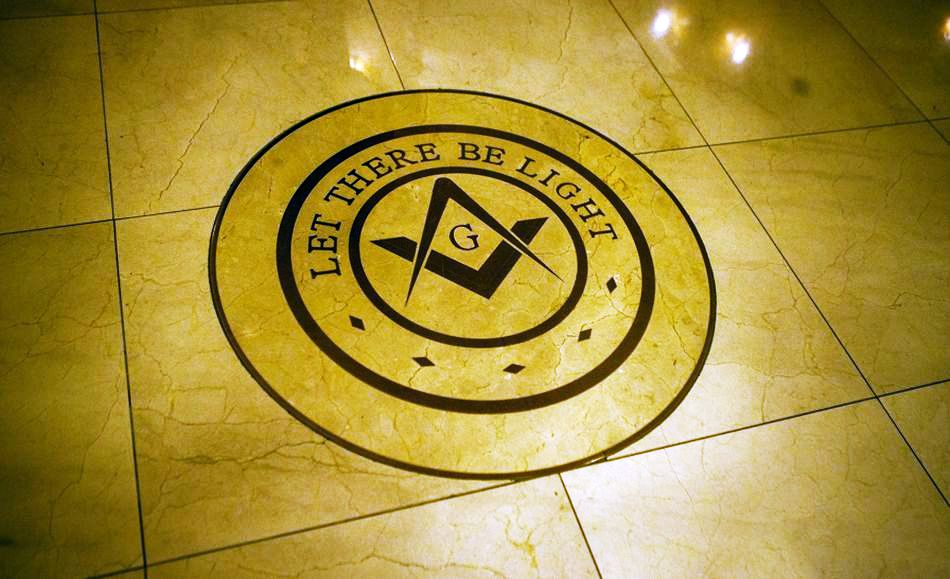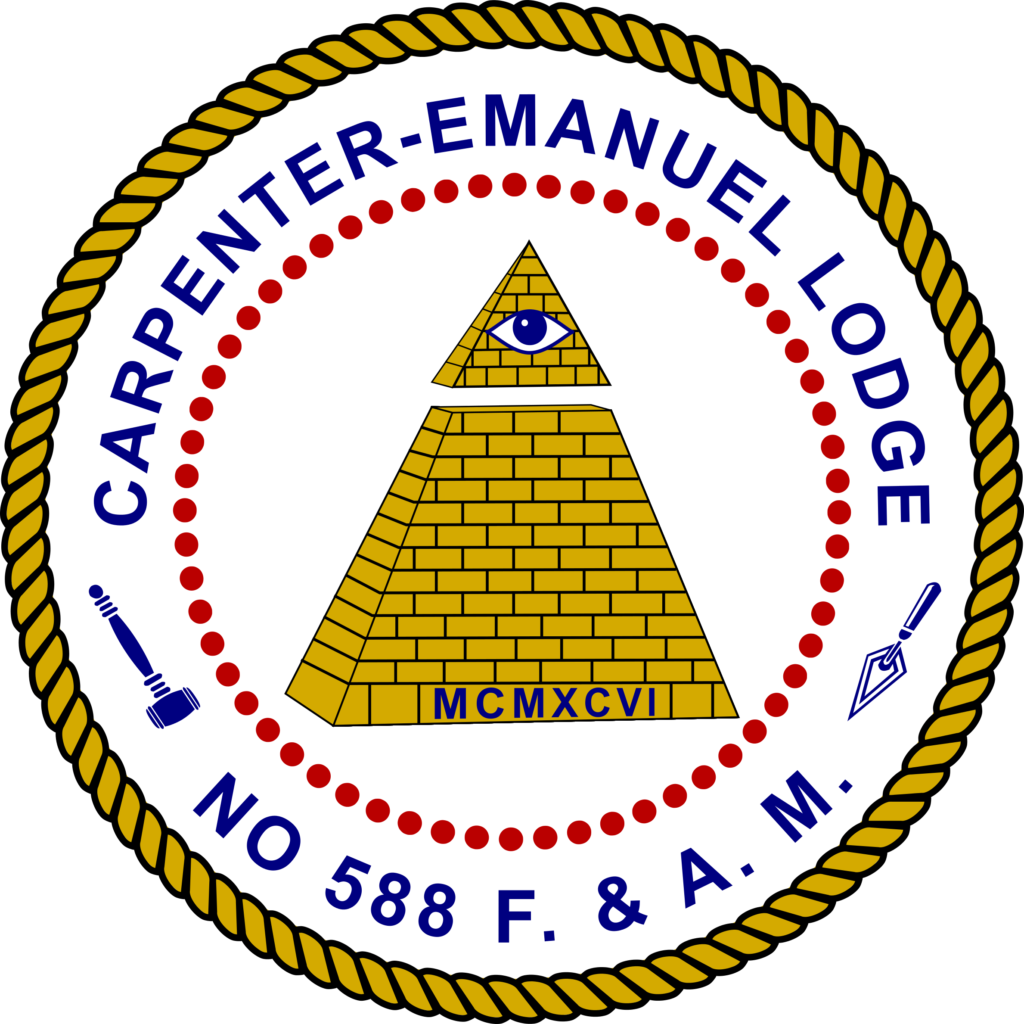
Even Better - Not Just a Man a Mason
While there may or may not be some truth to these assertions, there does not seem to be any cast-iron historical evidence to support such theories. What we do know with reasonable certainty is as follows.
During the Middle Ages, many European monarchs embarked on ambitious building programs, resulting in the beautiful Gothic churches and cathedrals which still stand today. Many of these larger structures took decades to build and employed thousands of stonemasons. In those days, most common people lived under a feudal system whereby their work and their very lives were the property of their lord. The craft of Masonry, on the other hand, was so specialized and valuable that Masons enjoyed the rare privilege of being ‘free’ – in other words, they could travel, live and ply their trade wherever they wished. This is the origin of the term ‘Freemason’.
Masons were highly paid workers so it became essential to distinguish genuine Masons from those who would attempt to obtain work without being qualified. Local communities of Freemasons therefore organized themselves into ‘Lodges’ consisting of a Master (the chief architect), his two Wardens (who helped him run the bureaucracy of the Lodge) and a body of skilled workers. Those workers consisted of apprentices who were learning the art of masonry and ‘fellows of the craft’ who were fully-qualified Masons performing the actual construction work. The Lodges developed certain means of recognition consisting of secret passwords and signs. In this way a Freemason could ply his trade wherever he wished and the local Lodge could be sure that they were only hiring genuine Freemasons.
As these vast building programs wound down, work became more scarce for Freemasons, but the local Lodges survived since they had developed into central hubs for social activity and fraternity. In time, these Lodges began to admit ‘Speculative’ Masons – men who were not Masons by trade, but who wished to share in the Brotherhood and knowledge of the organization with like-minded men whom they might otherwise never meet due to religious, political or economic restrictions. Eventually the Speculative Masons grew to outnumber the Operative Masons, and the customs and rituals of Masonry were adapted to serve the purpose of building spiritual buildings instead of physical edifices. Freemasonry was thus born – an organization that takes good men and makes them better by applying a system of moral education founded in the symbolism and allegories of operative stonemasons.
In 1717, four London Lodges came together to form the first Grand Lodge, which began to charter other Lodges around the country. Naturally the Grand Lodge also chartered Lodges in the American Colonies so that Freemasons abroad could continue to enjoy the benefits of the Craft in their new homeland. After the War of Independence, each State formed their own Grand Lodge to oversee Freemasonry in their own jurisdictions. Since that time, the Grand Lodge of the State of New York has been the sole body empowered to issue the Charters or Warrants under which regular Lodges operate in New York State.


 September 6th, 2019
September 6th, 2019 


Write a Reply or Comment
You must be logged in to post a comment.